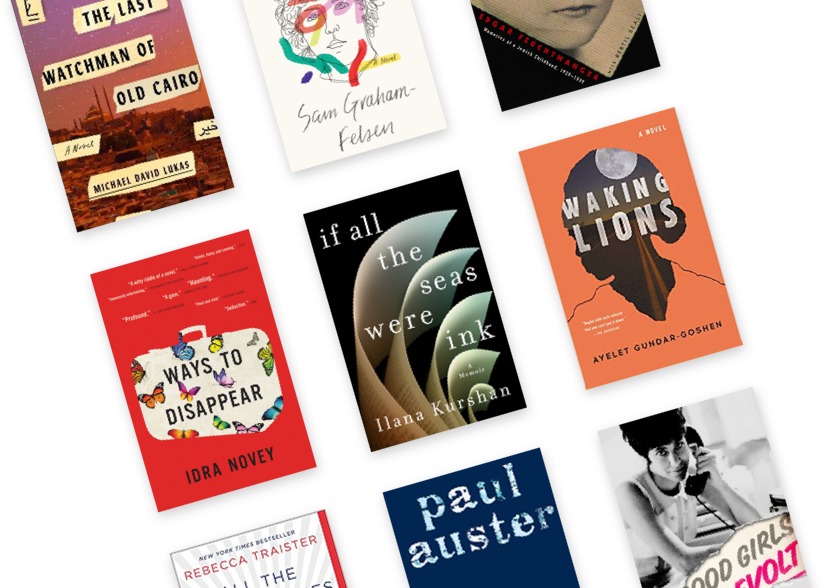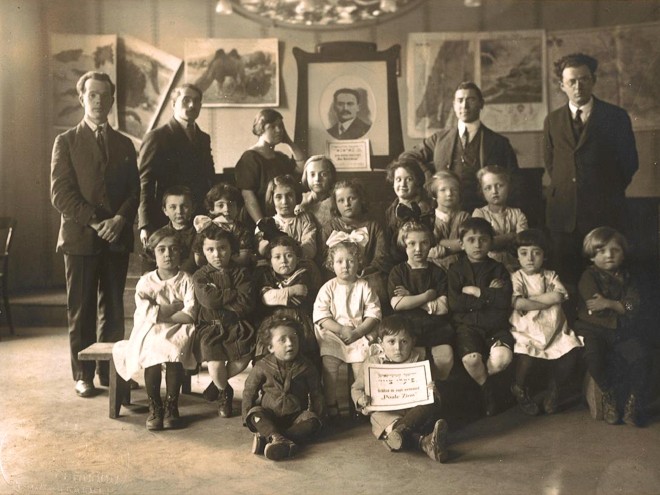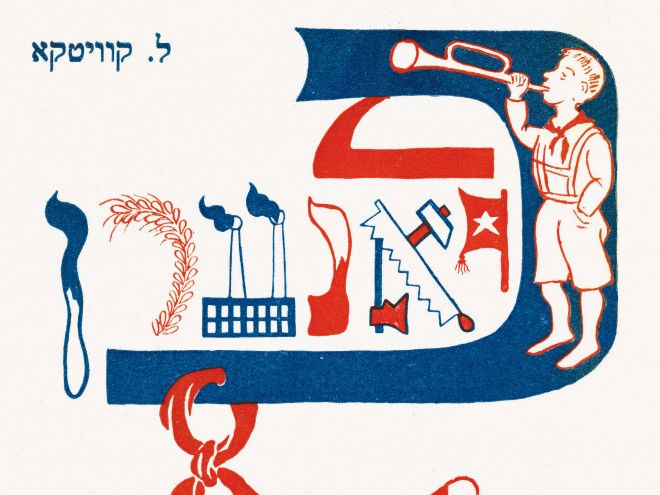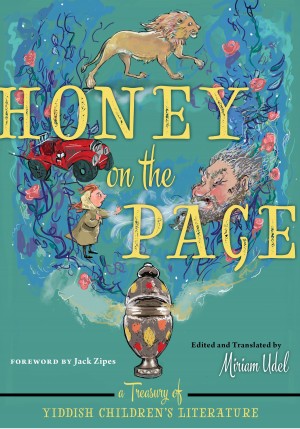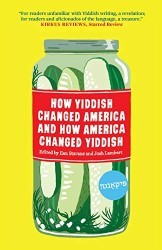Children’s literature is never a peripheral segment of culture. As Miriam Udel cogently argues in Modern Jewish Worldmaking Through Yiddish Children’s Literature, books and periodicals directed specifically at Yiddish-speaking young readers have been formative in shaping Jewish identity. By the early twentieth century, thousands of literary works were written and made available throughout the “portable homeland” that constituted Yiddish culture, from Eastern Europe to the Americas and Israel. The language that survived disasters and assimilation both has far fewer speakers today; Udel remarks that Yiddish fluency in the past and ignorance of Yiddish today have each induced shame. Working from the premise that “the most enduring and most benign alternative to shame [is] dignity,” she has written an eloquent history of how Yiddish children’s literature promoted, recast, and sustained Jewish children’s understanding of their world.
The book’s scope is global — geographically, and also in its construction of an overarching picture. Addressing Jewish past, present, and future, Udel explores the demands facing Yiddish authors, whose work is framed by a sense of urgency. Connecting trends in children’s books to the overall goals of the Haskalah (Jewish Enlightenment), she analyzes works that reject folklore in favor of realism, if they often do so with a didactic flavor. Zionists, communists, and the labor activists of the Bund all competed to inculcate their values in readers. Some of the most iconic authors for adults, including Sholom Aleichem and Isaac Bashevis Singer, also produced literature for children. Udel considers the degrees to which their books were more relevant to children or to the adults who shared the authors’ perspectives. Female authors, such as the famed poet Kadya Molodowsky, conveyed the world of children with great sensitivity, including that of the all-male environment of kheyder education, from which she would have been excluded.
Religious practice was not necessarily omitted in books by secular authors, some of whom strove to integrate Shabbat observance and other traditions into their emphatically Jewish identities, while still embracing secular values. Shabbat held meaning for socialists as a respite from labor, but other, less tangible connections to Jewish identity also emerged from uniquely Jewish experiences. Soviet authors embedded propaganda in stories that acknowledged the importance of family, but also promoted an image of the state as a valid replacement for parents who were incapable of constructing a new, revolutionary society. Popular author Leyb Kvitko, who supported this ideology, was tragically executed by Stalin in 1952.
Yiddish authors in the United States escaped the consequences of such a paradox. While his work is not well-known today, Chaver Paver (pen name of Gershon Einbinder) wrote Labzik: Tales of a Clever Pup, which was published by the International Workers’ Order and distributed to New York City Yiddish schools. The book’s endearing puppy supports — and sometimes momentarily interrupts — his adopted family’s goals of workers’ rights and a more egalitarian future.
Contemporary debates about when and how to present the Holocaust in children’s books carried different weight for mid-twentieth-century Yiddish authors. Udel illuminates how, both during the Shoah and after, these writers felt they had no choice but to inform Jewish children what their brethren in Europe had suffered. Conflicts between individual psychological needs and communal ones were weighed against the inescapable facts of imminent, and then recent, disaster. Differences between Hebrew and Yiddish, too, seemed more acute after the founding of the State of Israel, with Hebrew children’s books emphasizing heroism and Yiddish ones reaching out to the child-as-survivor.
Although its comprehensive nature alone makes Modern Jewish Worldmaking Through Yiddish Children’s Literature laudable, Udel’s abundant gifts as an author, her exhaustive research, and elegant writing elevate her book above its subject matter.
Emily Schneider writes about literature, feminism, and culture for Tablet, The Forward, The Horn Book, and other publications, and writes about children’s books on her blog. She has a Ph.D. in Romance Languages and Literatures.

